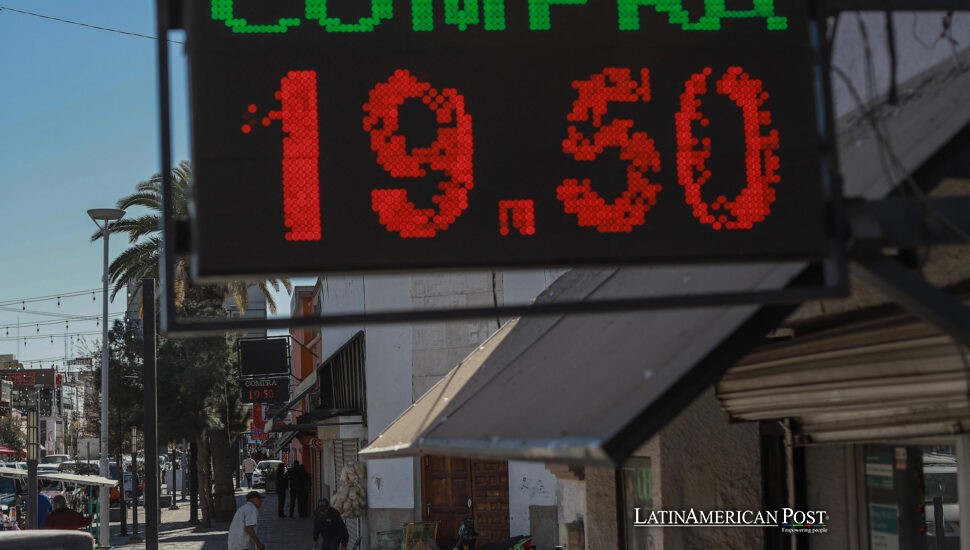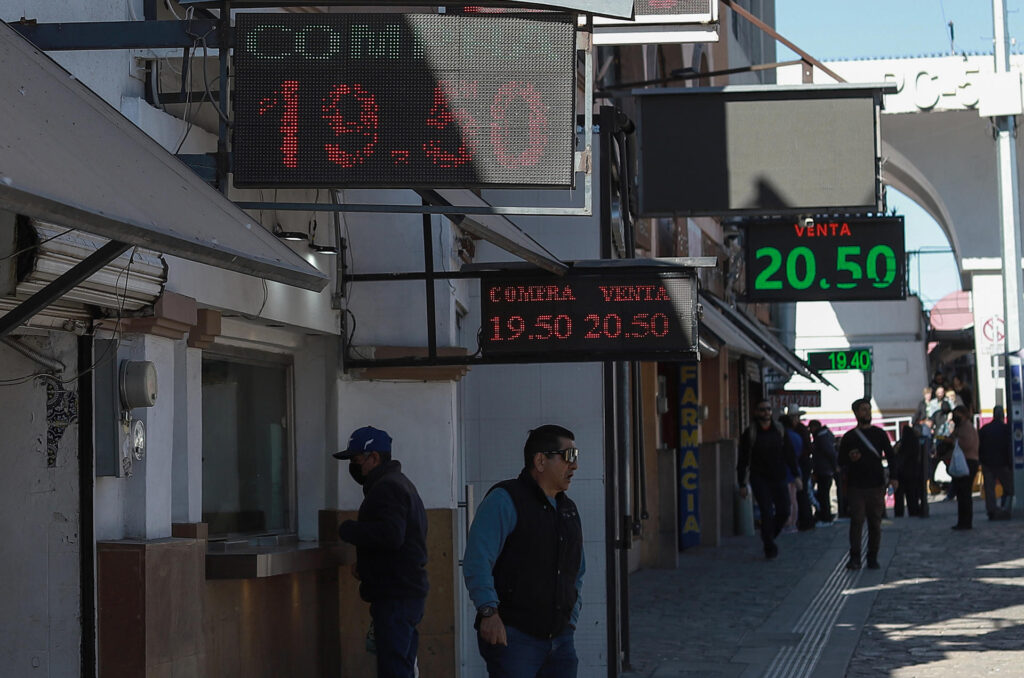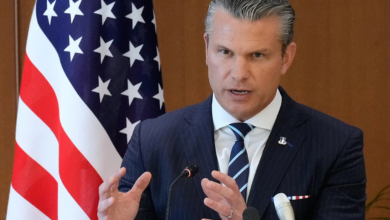Mexico and Central America Fear Crisis from U.S. Taxes on Remittances

A plan in Washington to skim 3.5 percent off every dollar migrants wire home has Mexico and its smaller Central-American neighbors on edge. Lost remittances would be sliced into kitchen budgets, school fees, and national accounts across the region.
“The money that keeps the lights on”
Every afternoon, the lone bank branch in Zacualpa, Guatemala, fills with women clasping plastic ID cards. Teller windows click open; crisp U.S. bills slide under glass; conversations hover between thanks and worry. “My son sends three hundred a month,” says Rosa Ajché, smoothing the notes before tucking them beneath her blouse. “If they take their cut, what do I stop paying—electricity or fertilizer?”
Across Latin America, that same question is cracked through WhatsApp chats. The U.S. House of Representatives has approved a remittance levy on anyone without citizenship or a green card. The White House backs it; the Senate deliberates. Supporters say the measure could raise USD 22 billion over ten years. Detractors hear alarm bells.
Mexico’s central bank recorded USD 65 billion in transfers last year—money that propped up grocery stalls from Michoacán to Chiapas and covered nearly 3.5 percent of the country’s GDP. The reliance is even heavier in smaller nations: Honduras 27 percent, El Salvador 24 percent, and Nicaragua 26 percent. A single dip, economists tell EFE, would “pull the rug from under the poorest households first.”
How a fee in Phoenix ricochets to rural Honduras
The proposal seems simple: charge 3.5 cents on every dollar wired by non-citizens. Yet, in practice, it lands hardest on families who already forfeit transfer fees and currency spreads. María Ramos, whose husband frames houses outside Houston, calculates the impact on her phone. “From $400, we live on $360 after fees,” she says in the Honduran hillside town of La Esperanza. “With the new tax, we’d get less than $345. That’s my daughter’s school bus for a month.”
The Central Bank of Honduras forecasts an annual shortfall of USD 275 million if flows fall just three percent. Most rural municipalities operate without property taxes or broad industry; remittances are their oxygen. A local mayor contacted by La Prensa admitted councils would “cut road repairs first, then health brigades.”
Guatemala faces a similar cliff. May 2025 set a remittance record—USD 2.28 billion in thirty-one days—but any new fee could strip away hundreds of millions yearly. Development economist Julio Héctor Estrada tells independent outlet Plaza Pública that less cash would slow school enrolments and tip families back below poverty thresholds they only recently crossed.

Will dollars go underground?
Backers of the tax argue it targets undocumented labor and helps pay for border security. Critics remind them of past clamp-downs that merely rerouted money through couriers or crypto wallets. Florida International University scholar Manuel Orozco, who has tracked remittance channels for two decades, warns in an interview with EFE that “migrants adapt fast; formal operators will lose volume, informal paths will bloom, and Washington may collect far less than advertised.”
Money transfer companies share that concern. Speaking anonymously, a regional manager for Western Union says a new levy layered on top of existing state taxes “pushes users to unregulated apps or friends flying home with cash taped to their ankles.” Regulators then lose visibility on funds that often finance mortgages, micro-businesses, and local anti-gang initiatives.
Some governments consider cushioning the blow. If the U.S. bill passes, El Salvador’s finance ministry floated a temporary rebate for the poorest households. Mexico’s foreign secretary has hinted at “dialogue channels” with diaspora groups and U.S. banks, hoping for exemptions or a tiered system. But behind closed doors, officials admit leverage is limited.
A policy that may fuel the very migration it targets
Ironically, slashing remittances could spark the next migration wave. In Nicaragua’s Chontales region, dairy farmer Carlos Talavera says two of his nephews already weigh the trek north. “If our family income falls, they’ll leave sooner,” he shrugs. Analysts at the Economic Commission for Latin America and the Caribbean echo that logic: squeeze village economies, and more breadwinners head to the United States, not fewer.
For Washington, the calculus mixes revenue dreams with campaign rhetoric. But on a concrete floor in Zacualpa, Rosa Ajché fingers the dollars she might no longer count on. She sends a voice message to her son: “Son, maybe save a little more. They say they’ll charge another tax.” Her words drift northward, joining thousands of similar recordings—notes of caution carried on the digital breeze between two intertwined economies.
The U.S. Senate will decide in the coming months. Until then, shopkeepers in Tegucigalpa, masons in North Carolina, and finance ministers in Mexico City watch the exchange-rate board—and wonder if a few cents per dollar can tilt whole nations.
Also Read: Colombian Fiscal Decree Sparks Backlash and Stirs Economic Anxiety
Whatever the final vote, the episode lays bare a truth often blurred in political soundbites: remittances are not abstract flows of capital but Wednesday’s groceries, a child’s new shoes, or a roof patched before the rains. Tax them, and the reverberations will be felt not in spreadsheets first but in kitchens from Tijuana to Tapachula, from San Salvador to Santiago de los Caballeros.




